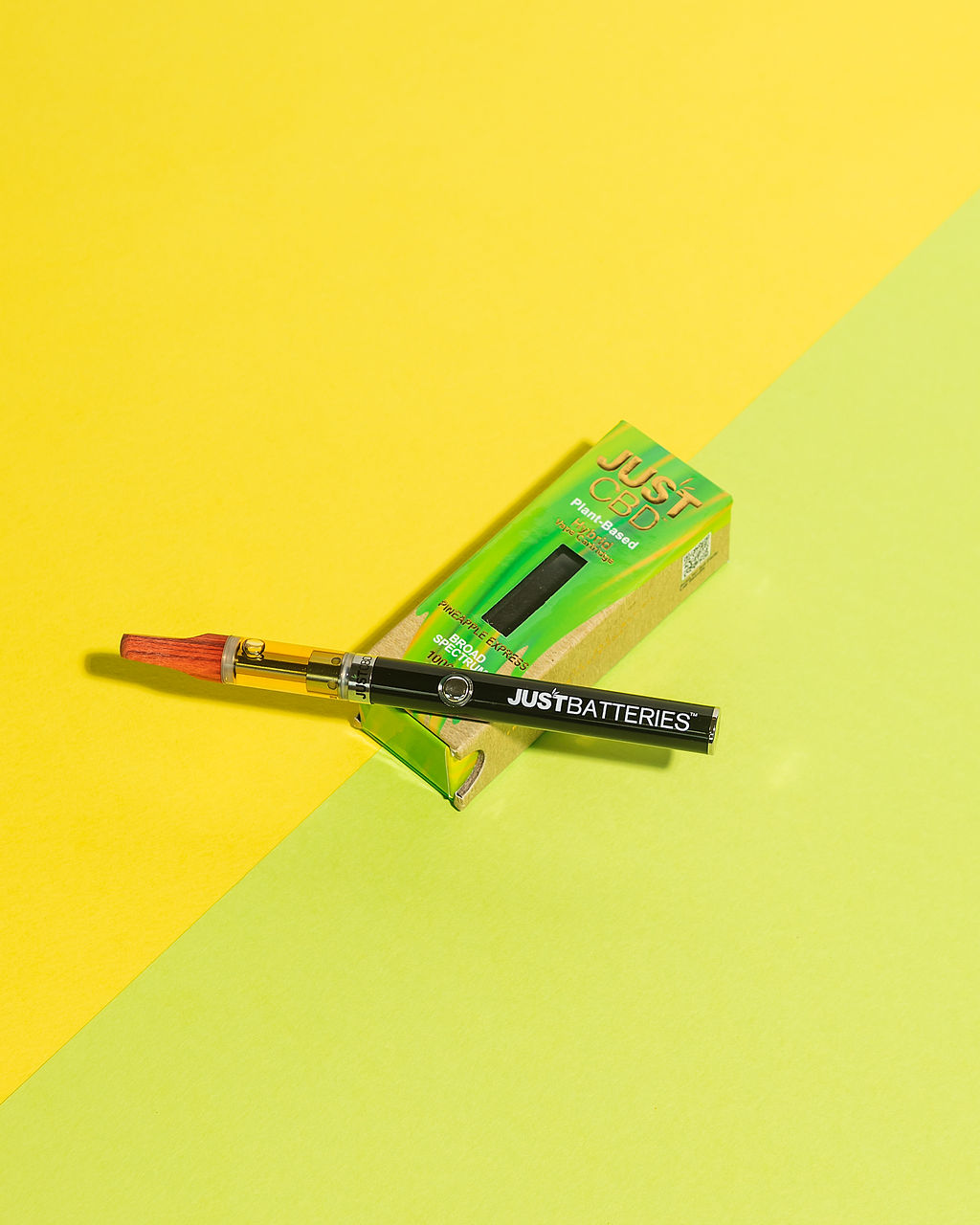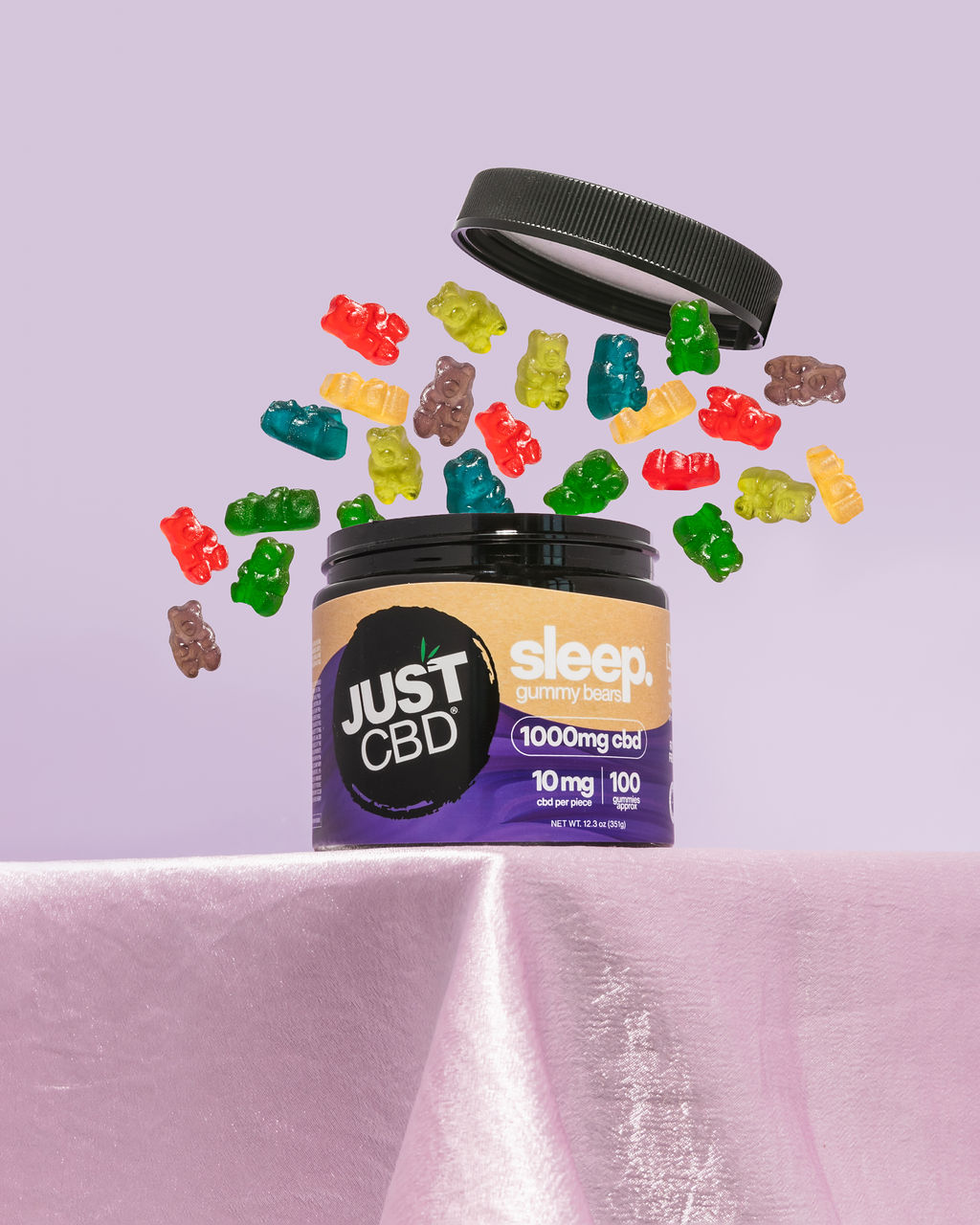Harvesting the Leaves
The journey from kratom tree to powdered product begins with a meticulous harvesting process. Skilled workers carefully select mature leaves, often at the peak of their alkaloid content, ensuring optimal potency for the final product.
Gathering Techniques
Harvesting techniques vary depending on local customs and the specific needs of the processor. Some farmers use a selective pruning method, removing only the lower, older leaves while leaving the upper foliage to continue growing. This ensures a continuous supply throughout the year. Others opt for a full harvest, stripping the entire canopy at once, typically done during certain seasons when alkaloid concentrations are highest.

Leaf Quality Assessment
After harvesting, the leaves undergo a crucial quality assessment. This process aims to ensure only the best leaves are used in the production of kratom powder.
- Inspecting for Damage: Damaged or diseased leaves are removed, as they can negatively affect the potency and purity of the final product.
- Assessing Leaf Color and Texture: Healthy kratom leaves typically have a vibrant green color and a firm texture. Leaves that appear withered, discolored, or excessively soft may be rejected.
- Checking for Pests and Invaders: Any signs of pests or insects are carefully examined and addressed. Contamination can compromise the quality and safety of the kratom powder.
Drying and Processing
Once the leaves have passed inspection, they move into the drying stage. Proper drying is essential for preserving the alkaloid content and ensuring a long shelf life for the final product.
Traditional Air-Drying Methods
Traditional air-drying methods rely on natural sunlight and airflow to slowly remove moisture from the kratom leaves.
Leaves are typically spread out in thin layers on racks or mats, allowing them to dry evenly.
This process can take several days to weeks, depending on the climate and humidity levels.
The leaves are periodically turned to ensure consistent drying and prevent mold growth.
Modern Mechanical Drying
Modern mechanical drying offers a more controlled and efficient alternative to traditional air-drying.
These methods utilize heated air circulation systems, allowing for faster drying times while minimizing the risk of spoilage or degradation of alkaloids.
Various types of mechanical dryers are employed in kratom processing, including tray dryers, fluid bed dryers, and rotary dryers.

Each method offers unique advantages based on factors such as production volume, desired drying time, and specific needs of the processor.
Extraction and Pulverization
The dried kratom leaves then undergo extraction and pulverization to create the powdered form familiar to consumers. Extraction involves separating the alkaloids from the plant matter using various solvents like ethanol or water.
Solvent Extraction vs. Water Extraction
Pulverization is the process of grinding the extracted material into a fine powder.
The choice between solvent extraction and water extraction depends on several factors, including desired alkaloid concentration, cost, and environmental considerations.
- Solvent Extraction:
- Utilizes solvents like ethanol or hexane to dissolve alkaloids.
- Typically yields a higher concentration of alkaloids but may require additional purification steps to remove solvent residue.
- Water Extraction
- Employs water as the extraction solvent, resulting in a more natural product with minimal residual chemicals.
- May produce a lower alkaloid concentration compared to solvent extraction.
Grinding and Milling Processes

The extracted alkaloids are then pulverized into a fine powder.
Grinding and milling processes are employed for this stage, reducing the material into a consistent powder suitable for consumption or further processing.
- Grinding: This method uses rotating blades or stones to crush the extracted material. It’s often used in initial stages of pulverization to break down larger pieces.
- Milling: More precise than grinding, milling utilizes specialized machines with finer grinders or hammers to produce a uniform powder of a specific particle size.
Quality Control and Packaging
Before kratom powder reaches consumers, it undergoes rigorous quality control and packaging processes. These steps ensure that the final product meets safety standards, maintains potency, and is presented in an appealing and user-friendly manner.
Testing for Purity and Potency
Quality control plays a crucial role in ensuring the safety and efficacy of kratom powder. Testing for purity and potency involves various analytical techniques to verify the presence and concentration of active alkaloids.
- Alkaloid Content Analysis: This test determines the percentage of mitragynine and other key alkaloids present in the sample, ensuring it meets the desired potency levels.
- Contamination Screening: Tests are conducted to identify any potential contaminants such as heavy metals, pesticides, or microbial organisms that could compromise safety.
- Adulterant Detection: Sophisticated methods are employed to detect the presence of any added substances that may dilute the product’s quality or potentially harm consumers.
Packaging also plays a vital role in preserving the quality and freshness of kratom powder.
- Airtight Containers: Packaging materials must be airtight to prevent exposure to moisture, oxygen, and light, which can degrade alkaloids over time.
- Opaque Materials: Dark-colored or opaque packaging is used to protect the product from light exposure, minimizing potential degradation of active compounds.
- Labeling Requirements: Clear and accurate labeling provides essential information about the product’s origin, content, storage instructions, and any relevant warnings.
Packaging and Storage Considerations
Quality control measures extend beyond the initial processing stages and encompass the packaging and storage of kratom powder. Airtight containers are crucial for preserving freshness and potency, as they prevent moisture, oxygen, and light from degrading the alkaloids.
Opaque or dark-colored packaging further safeguards the product by shielding it from damaging light exposure. Comprehensive labeling is essential to provide consumers with clear information about the product’s origin, contents, storage guidelines, and any necessary warnings.
Proper storage practices are equally important in maintaining the quality of kratom powder. Storing the product in a cool, dark, and dry location helps prevent degradation and ensures its stability over time.
Kratom Powder available for purchase online
